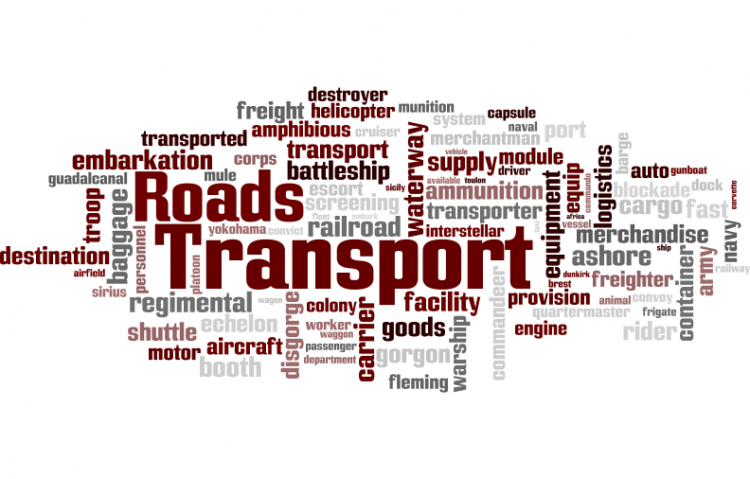Australia Needs Type D Rear-Facing Toddler Car-Seats
- Rear-Facing Down Under
- Closed on

- Target:
- Australian Child-Restraint Manufacturers
- Region:
- Australia
- Website:
- www.rearfacingdownunder.com
This petition is closed.
Research around the world has proven that sitting in a rear-facing position in the car is five times safer for children under the age of 4 than sitting in a forward-facing position. Young children have heavy heads that are large in proportion to their bodies. The bones in their neck are still soft and under-developed.
If a young child is sitting forward-facing during a frontal collision, their head is thrown violently forward on impact, putting all the force of the crash onto their delicate necks. This puts them at risk of sustaining spinal injuries.
Sitting rear-facing in the car protects young children from spinal injuries in a frontal collision. The back of the car-seat cradles their head, neck and back. The back of the seat takes up the force of the collision, NOT the child’s neck. Their head is cushioned by the back of the seat and not thrown forward.
Australia has the highest standards of crash-testing child-restraints in the world, HOWEVER we have the earliest age of forward-facing our babies in the developed world at just 6 months of age. In the U.S. experts recommend babies remain rear-facing until age 2. In Sweden, children are kept rear-facing until age 4. Seats that can accommodate larger children rear-facing are readily available overseas.
The Australian Road Rules and the Australian Child Restraint Standards both allow for children to remain rear-facing until the age of 4. However, Australian child restraint manufacturers are not making these seats available in Australia because they feel there is no market for them in Australia.
Australian children deserve the same level of protection as their overseas cousins. Our children deserve the best possible protection in a crash. Let’s build upon our high safety standards to keep our kids even safer than ever before.
Join us at Rear-Facing Down Under on Facebook for more information on the important safety benefits of rear-facing.
Watch our YouTube video and subscribe to our Channel:
We the undersigned call on the Australian Child Restraint Manufacturers to manufacture, test and sell Type D Rear-Facing Toddler car-seats in Australia.
There is a provision in the Australian Road Rules for children to be in a rearward-facing restraint from 6 months to 4 years of age.
Australian Road Rule Number 266 (2A) states:
“If the passenger is 6 months old or older, but is less than 4 years old, he or she must be restrained in a suitable and properly fastened and adjusted –
(a) rearward facing approved child restraint; or
(b) forward facing approved child restraint that has an inbuilt harness.”
There is a provision in the Australian Child-Restraint Standard AS/NZS 1754 for a Type D Rear-Facing Toddler Restraint for children 6 months to 4 years of age.
It is described in the Australian Standard AS/NZS 1754, Type Designation as:
“Type D Rearward facing chair with harness, suitable for children 6 months to 4 years of age.”
Therefore, there is no legal reason why these seats should not be manufactured, tested and made available to parents who wish to keep their children rear-facing for longer.
It has been well-documented and researched around the world that rear-facing is safer for children under 4 as they have delicate spines and heavy heads.
Australian parents deserve to have the option of Rear-Facing Toddler car-seats made available to them to keep their children safer in the car.
The Australia Needs Type D Rear-Facing Toddler Car-Seats petition to Australian Child-Restraint Manufacturers was written by Rear-Facing Down Under and is in the category Roads & Transport at GoPetition.